
Ajayan Williamson is a student at Harvard Law School.
In today’s news and commentary, the Ninth Circuit declines rehearing on Thryv remedies; unions and others organize against Elon Musk’s proposed pay package; and a federal judge extends an order protecting government workers from shutdown-related layoffs.
On Tuesday, the Ninth Circuit denied en banc review in a challenge to an NLRB decision that ordered Macy’s to reimburse striking workers for the economic costs of an illegal lockout. As Andrew explained earlier this year, the case arose from the NLRB’s decision in Thryv Inc., which allowed workers to recover for “direct or foreseeable pecuniary harms” in addition to backpay as a remedy for unfair labor practices. The Ninth Circuit’s original decision in January held that Thryv was within the NLRB’s statutory authority, but that decision conflicts with the Third Circuit’s ruling last year that such remedies exceed the Board’s authority. Tuesday’s denial ensures that there will be a circuit split if Macy’s seeks review at the Supreme Court.
Tuesday also saw the launch of a campaign by unions and organizations to oppose a trillion dollar pay package for Tesla CEO Elon Musk. The campaign is called “Take Back Tesla,” and it is led by a coalition including the American Federation of Teachers and the Communication Workers of America. The unions don’t have direct control over the shareholder vote on Musk’s pay package, which is scheduled for early November. However, the campaign plans to generate pressure on state pension funds and major mutual funds that hold Tesla shares, pushing them to vote against the package.
Finally, the litigation over the current government shutdown continued yesterday as a federal judge expanded the set of federal employees temporarily protected from firings. As Mila reported, last week Judge Susan Illston granted a temporary restraining order halting the “Reductions in Force” procedures the administration is invoking to attempt to permanently terminate workers during the shutdown. However, the order only applies to the bargaining units and workers represented by the plaintiff unions. This week, Judge Illston allowed additional unions to join as plaintiffs, enabling the order to extend to potentially thousands of additional employees. The current order is temporary, but it was based on Judge Illston’s finding that the plaintiffs were likely to succeed on their claim that the firings were politically motivated and unlawful under the Administrative Procedure Act. In the meantime, the government may be proceeding with terminating workers who aren’t represented by the plaintiff unions.
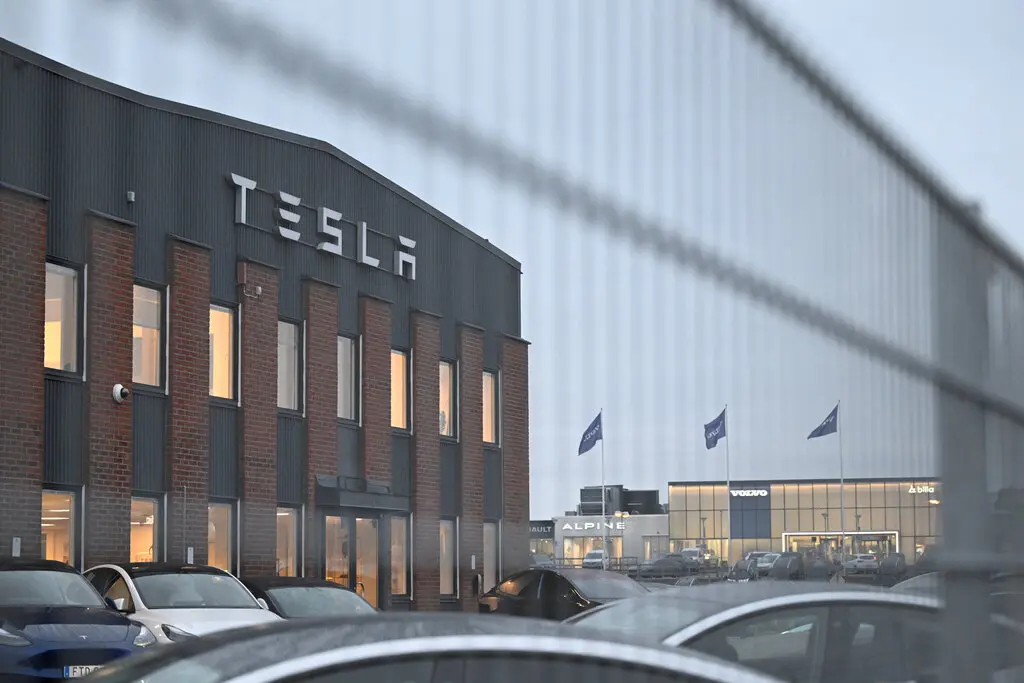
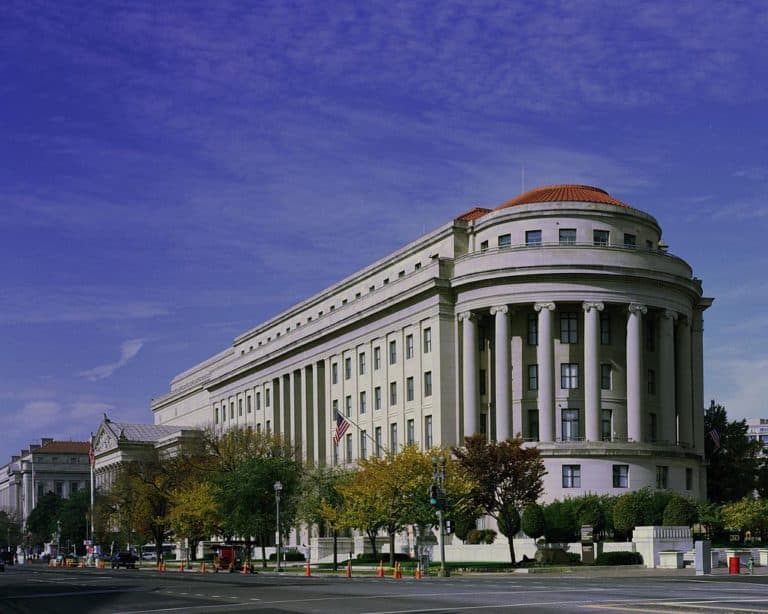
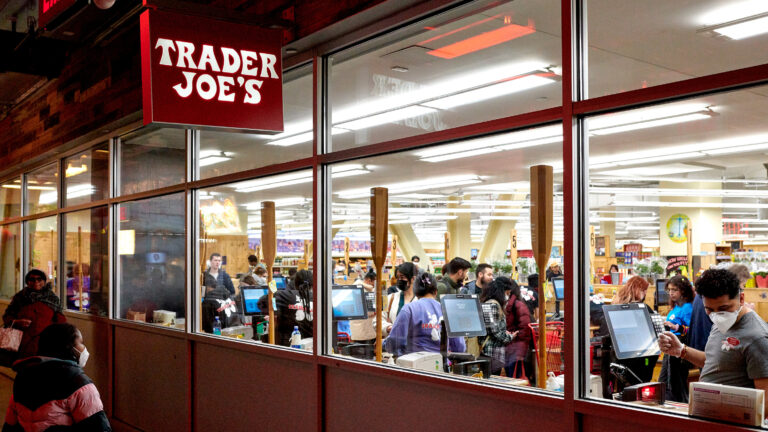

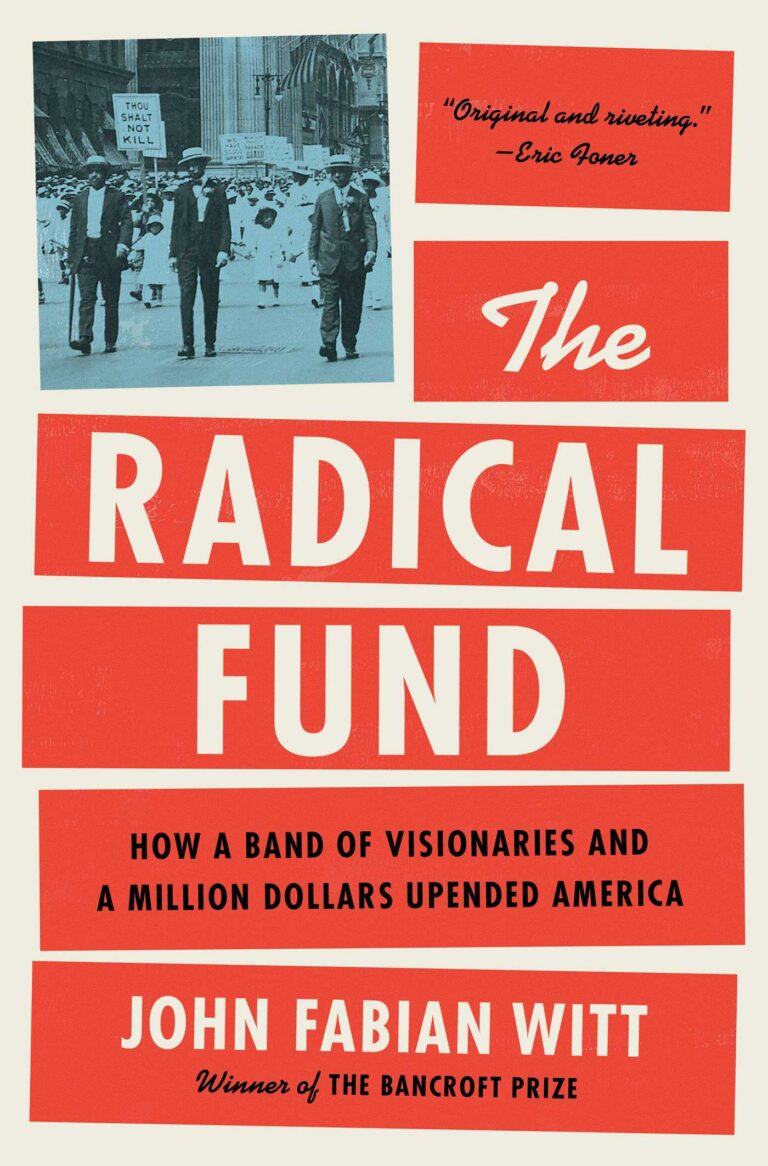
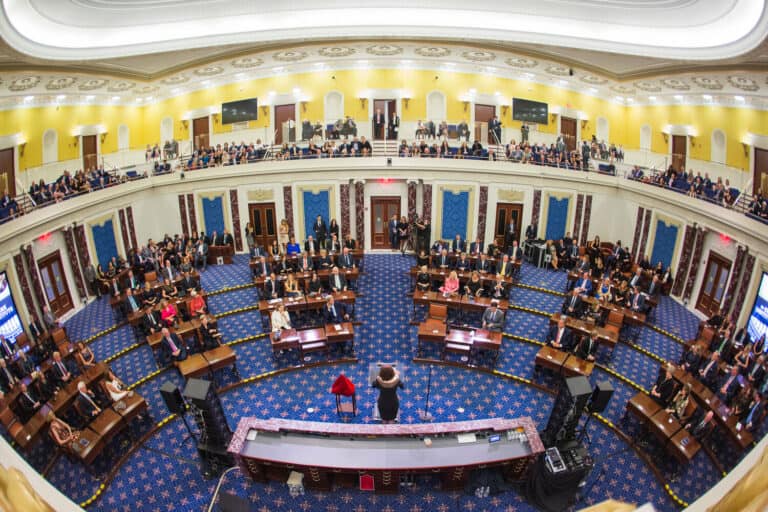
Daily News & Commentary
Start your day with our roundup of the latest labor developments. See all
November 12
Starbucks and the NLRB face off over a dress code dispute, and mental healthcare workers face a reckoning with AI.
November 11
A proposed federal labor law overhaul, SCOTUS declines to undo a $22 million FLSA verdict, and a railroad worker’s ADA claim goes to jury trial.
November 10
Meta unveils data center ads; partisan government emails blocked by judge; thousands protest in Portugal.
November 9
University of California workers authorize the largest strike in UC history; growing numbers of legislators call for Boeing to negotiate with St. Louis machinists in good faith; and pilots and flight attendants at Spirit Airlines agree to salary reductions.
November 7
A challenge to a federal PLA requirement; a delayed hearing on collective bargaining; and the IRS announces relief from "no tax on tips" reporting requirements.
November 6
Starbucks workers authorize a strike; Sixth Circuit rejects Thryv remedies; OPEIU tries to intervene to defend the NLRB.